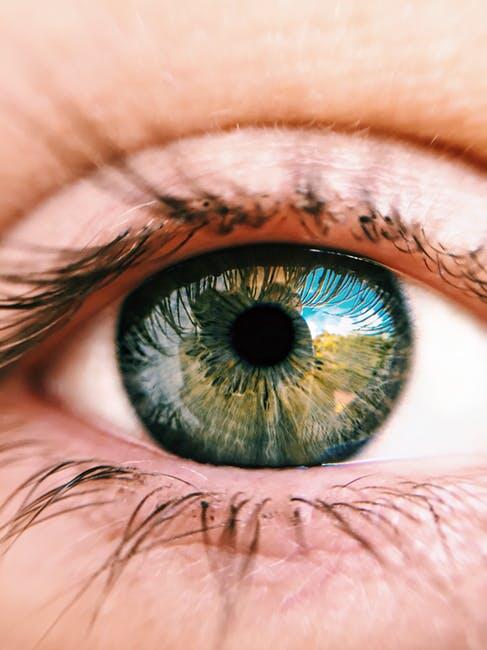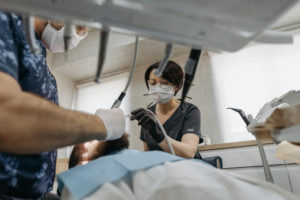Have you ever woken up with a red, irritated eye and wondered if it was pink eye or a stye? These common eye problems can be confusing and uncomfortable, but knowing the difference is key to getting the right treatment.
In this article, we’ll break down the symptoms and treatments of pink eye vs stye, helping you understand what steps to take for relief and recovery. By the end, you’ll be better equipped to handle these pesky eye issues effectively.
Pink Eye (Conjunctivitis)
Conjunctivitis, another name for pink eye, is an inflammation of the tissue that covers the white portion of the eye and lines the inside of the eyelid. The reason for pink eye determines the course of treatment. There is no specific therapy for viral conjunctivitis, and the illness normally goes away in a few days to two weeks. Eyedrops available over-the-counter can aid with symptom relief.
For bacterial conjunctivitis, your doctor may prescribe antibiotics in the form of eye drops, ointments or pills. It’s important to complete the full course of treatment to prevent recurrence or antibiotic resistance. If symptoms persist or worsen, visit mycorneacare.com for more information and professional advice.
Some common symptoms include:
Redness in the Eye
Redness in the eye is one of the most noticeable symptoms of pink eye. This redness occurs as the blood vessels become more prominent due to inflammation.
Itching or Burning Sensation
An itching or burning sensation is a common symptom of pink eye. This discomfort can make it hard to keep your hands away from your eyes, but rubbing can make the irritation worse.
Watery or Thick Discharge
One of the most common symptoms of pink eye is the presence of a watery or thick discharge. This discharge can often cause the eyelids to stick together, especially after sleep.
Stye (Hordeolum)
A stye, also known as a hordeolum, is a small, red and painful bump that forms on the eyelid. It typically occurs at the base of an eyelash or under the inside of the eyelid. The treatment for a stye depends on its severity.
For mild cases, home remedies like warm compresses and gentle cleansing can help relieve symptoms and encourage healing. For more severe cases, your doctor may prescribe antibiotics or perform a minor surgical procedure to drain the stye.
Some common symptoms of a stye include:
Pain and Tenderness
A stye is often accompanied by pain and tenderness, especially when touched or rubbed. This can make it uncomfortable to blink or open your eyes fully.
Swelling and Redness
Similar to pink eye, a stye can cause swelling and redness in the affected area. This can make your eye look puffy or swollen.
Small Bump on the Eyelid
The most tell-tale sign of a stye is a small bump on the eyelid. It may be filled with pus and can sometimes form a white “head” like a pimple.
Discover the Difference With Pink Eye vs Stye Symptoms and Treatment
Understanding the differences between pink eye vs stye can help you find the correct treatment and get relief faster. While both conditions affect the eyes and can cause discomfort, their causes and treatments are distinct.
Pink eye usually involves inflammation and discharge, while a stye presents as a painful bump on the eyelid. By recognizing the unique symptoms of these eye infections, you can take the right steps for eye health and seek medical advice if needed.
If you gained new insights from this article, be sure to explore our blog for more enlightening content.





Be First to Comment